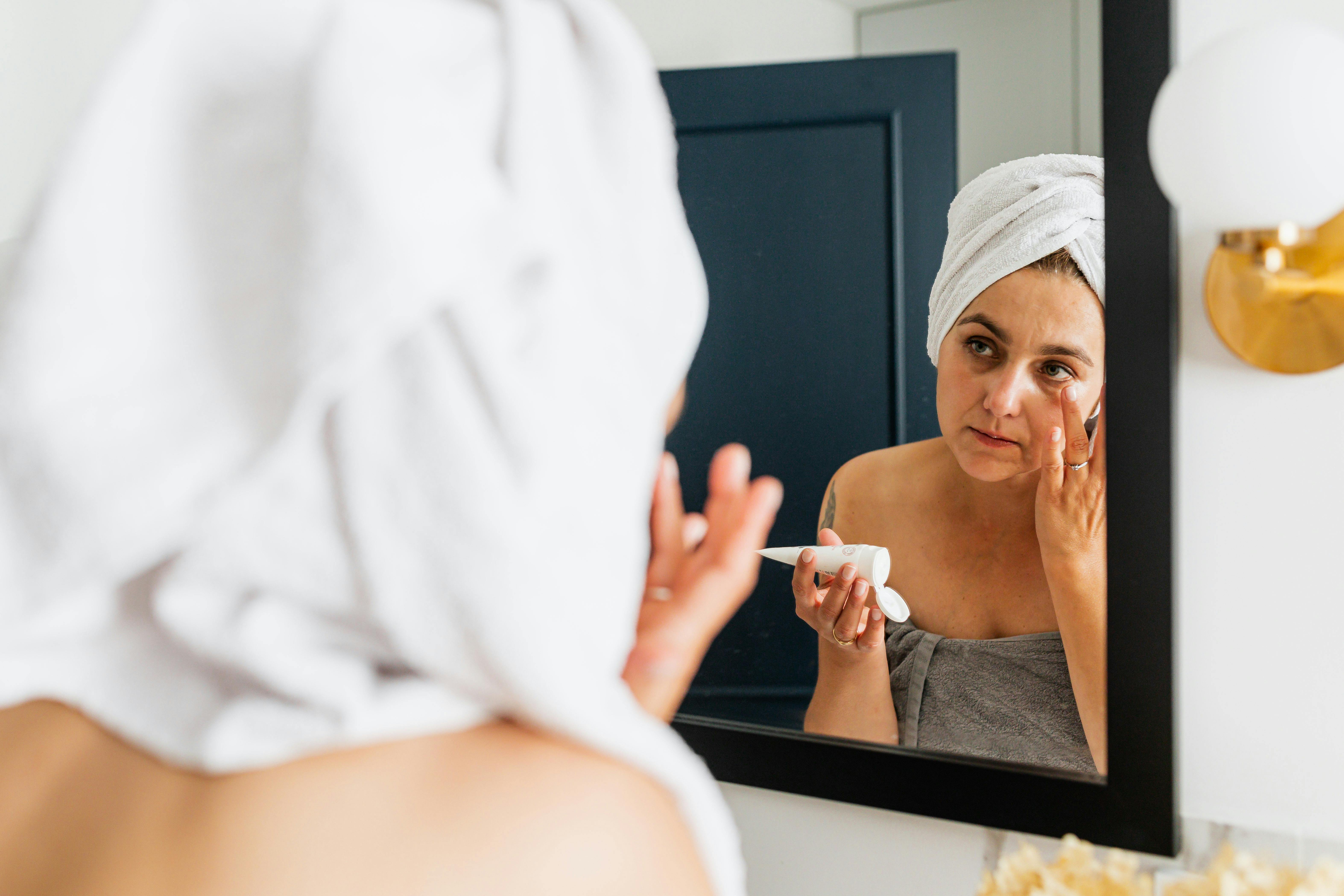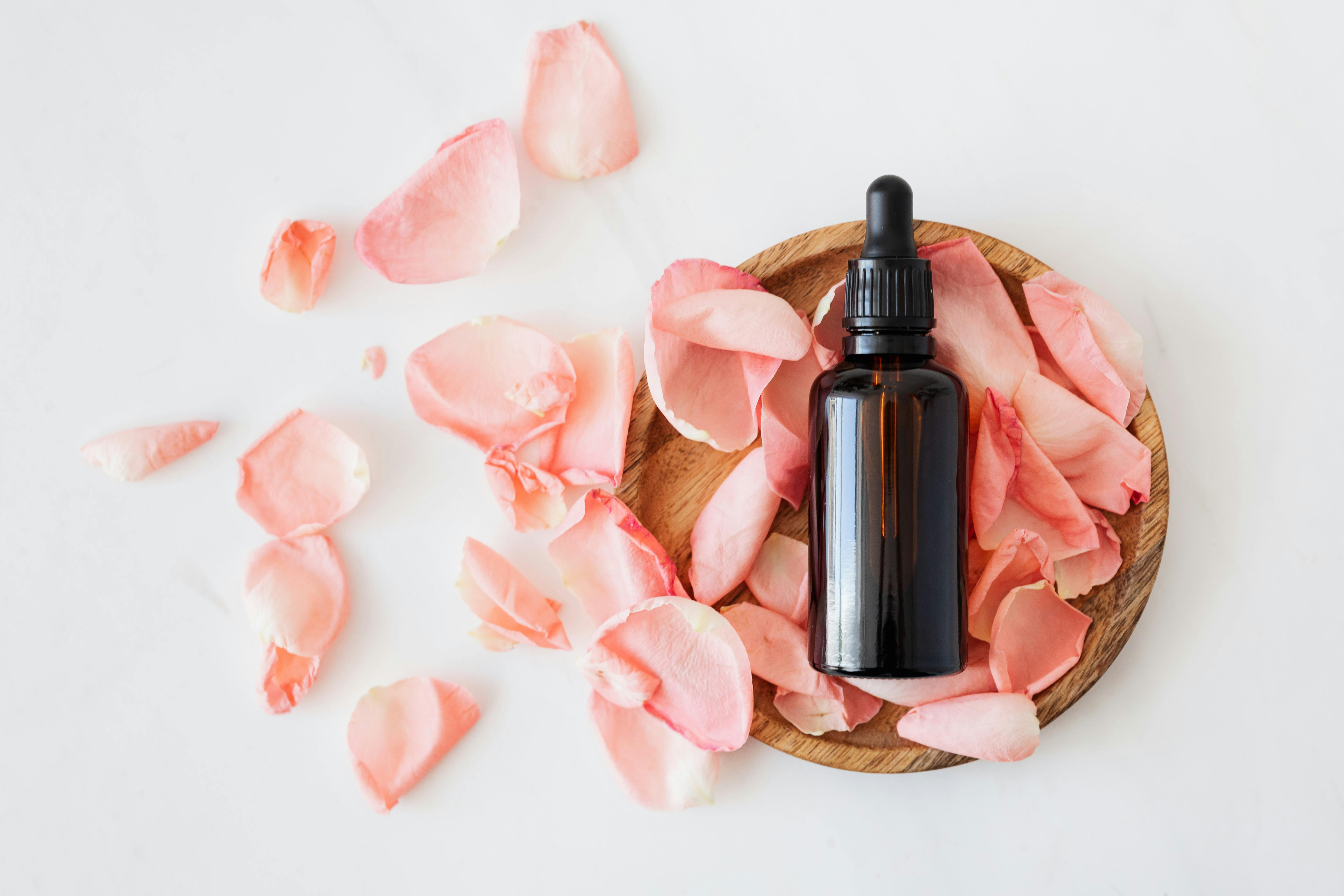Zinc oxide is a mineral compound widely known for its broad-spectrum sun protection and skin healing properties. It is a key ingredient in many sunscreens, diaper rash creams, and other skincare products. Here’s a comprehensive guide,including its benefits, how to use it, and what to mix and not to mix with it.
Benefits of Zinc Oxide
Sun Protection
- Broad-Spectrum Protection: Provides effective protection against both UVA and UVB rays, preventing sunburn and long-term sun damage.
- Physical Blocker: Unlike chemical sunscreens, It acts as a physical barrier, reflecting UV rays away from the skin.
Healing and Soothing
- Calms Irritation: It has anti-inflammatory properties that help to soothe irritated skin and reduce redness.
- Promotes Healing: Helps to heal minor cuts, abrasions, and burns by forming a protective barrier and reducing the risk of infection.
Acne Treatment
- Reduces Acne: It helps to regulate oil production and reduce the occurrence of acne breakouts.
- Anti-Bacterial Properties: Its antibacterial effects help to prevent the growth of acne-causing bacteria.
Safe for Sensitive Skin
- Non-Irritating: Gentle and suitable for all skin types, including sensitive and reactive skin.
- Hypoallergenic: Less likely to cause allergic reactions compared to chemical sunscreens and other skincare ingredients.
How to Use Zinc Oxide
Application
- Cleanse: Start with a gentle cleanser to remove makeup, dirt, and oil.
- Tone: Apply a toner to prep your skin and balance its pH.
- Serum: Use any targeted serums or treatments before applying It.
- Moisturize: Follow with a moisturizer to lock in hydration and further nourish the skin.
- Sunscreen: Apply sunscreen as the final step in your morning skincare routine to protect against UV damage.
Product Recommendations
- EltaMD UV Clear Broad-Spectrum SPF 46: A lightweight, oil-free sunscreen with 9% zinc that protects and calms sensitive skin.
- La Roche-Posay Anthelios Mineral Zinc Oxide Sunscreen SPF 50: Provides high-level sun protection with a matte finish, suitable for all skin types.
- CeraVe Hydrating Mineral Sunscreen SPF 30: Contains 10% zinc and is enriched with ceramides and niacinamide to protect and hydrate the skin.
- Neutrogena Sheer Zinc Oxide Dry-Touch Sunscreen SPF 50: Offers broad-spectrum protection with a non-greasy finish.
- Blue Lizard Australian Sunscreen SPF 30+: Contains 10% zinc and is water-resistant, ideal for outdoor activities.
- Badger Broad Spectrum SPF 30 Zinc Oxide Sunscreen Cream: Made with organic ingredients and 18.75% zinc oxide for effective sun protection.
- Thayers Natural Remedies Zinc Oxide Sunscreen SPF 30: Combines zinc with aloe vera and witch hazel to protect and soothe the skin.
- Drunk Elephant Umbra Sheer Physical Daily Defense SPF 30: A sheer, non-nano zinc sunscreen that protects and nourishes the skin.
What to Mix with Zinc Oxide
Compatible Ingredients
- Hyaluronic Acid
- Advantage: Provides deep hydration and helps to maintain moisture levels in the skin.
- Disadvantage: No significant disadvantages; hyaluronic acid complements zinc oxide well.
- Product Recommendation: The Ordinary Hyaluronic Acid 2% + B5 – A hydrating serum that works well with zinc oxide products.
- Niacinamide
- Advantage: Reduces inflammation, strengthens the skin barrier, and helps to improve overall skin health.
- Disadvantage: No significant disadvantages; niacinamide is gentle and effective with zinc oxide.
- Product Recommendation: The Ordinary Niacinamide 10% + Zinc 1% – A serum that brightens and calms the skin while improving its barrier function.
- Antioxidants
- Advantage: Provides additional protection against environmental damage and free radicals.
- Disadvantage: No significant disadvantages; antioxidants enhance the protective effects of zinc oxide.
- Product Recommendation: SkinCeuticals C E Ferulic – A potent vitamin C serum that brightens skin and provides antioxidant protection.
How to Apply
- Order: Apply zinc products after any lighter serums or treatments to lock in moisture and provide protection.
- Layering: Allow each product to absorb fully before applying the next to maximize effectiveness.
What Not to Mix with Zinc Oxide
Incompatible Ingredients
- Chemical Sunscreens
- Disadvantage: Mixing zinc oxide with chemical sunscreens can reduce the effectiveness of both types of sun protection.
- Recommendation: Choose either a physical sunscreen with zinc oxide or a chemical sunscreen, but avoid combining the two in a single application.
- Product Recommendation: Neutrogena Ultra Sheer Dry-Touch Sunscreen SPF 100 – A chemical sunscreen that provides high-level protection.
- Strong Acids (AHAs/BHAs)
- Disadvantage: Using strong acids with zinc oxide can potentially cause irritation and reduce the efficacy of both products.
- Recommendation: Use strong acids at different times of the day or on alternate days.
- Product Recommendation: Pixi Glow Tonic – An AHA toner that exfoliates and brightens the skin, used separately from zinc oxide.
How to Apply
- Order: If you must use both (for different purposes), apply them at different times of the day or on alternate days to prevent irritation.
- Separation: Consider using strong acids and zinc on different nights or zinc in your morning routine and acids in your evening routine.
Advantages and Disadvantages of Mixing Zinc Oxide
Advantages
- Enhanced Benefits: Mixing it with compatible ingredients like hyaluronic acid and niacinamide can enhance hydration, reduce inflammation, and improve overall skin health.
- Comprehensive Care: Combining it with other beneficial ingredients can provide a well-rounded skincare routine addressing multiple concerns.
Disadvantages
- Potential Irritation: Mixing it with strong acids or other potent active ingredients can lead to increased irritation, redness, and dryness.
- Reduced Efficacy: Using ingredients with conflicting pH levels (like chemical sunscreens) can reduce the overall effectiveness.
Conclusion
Zinc oxide is a versatile and effective ingredient that provides numerous benefits for the skin, including broad-spectrum sun protection, healing, and soothing. Understanding how to properly use it and what to mix and not to mix with it can help you maximize its benefits while minimizing potential side effects. For more personalized advice and product recommendations, explore our Skincare Essentials section or consult with a skincare professional.




